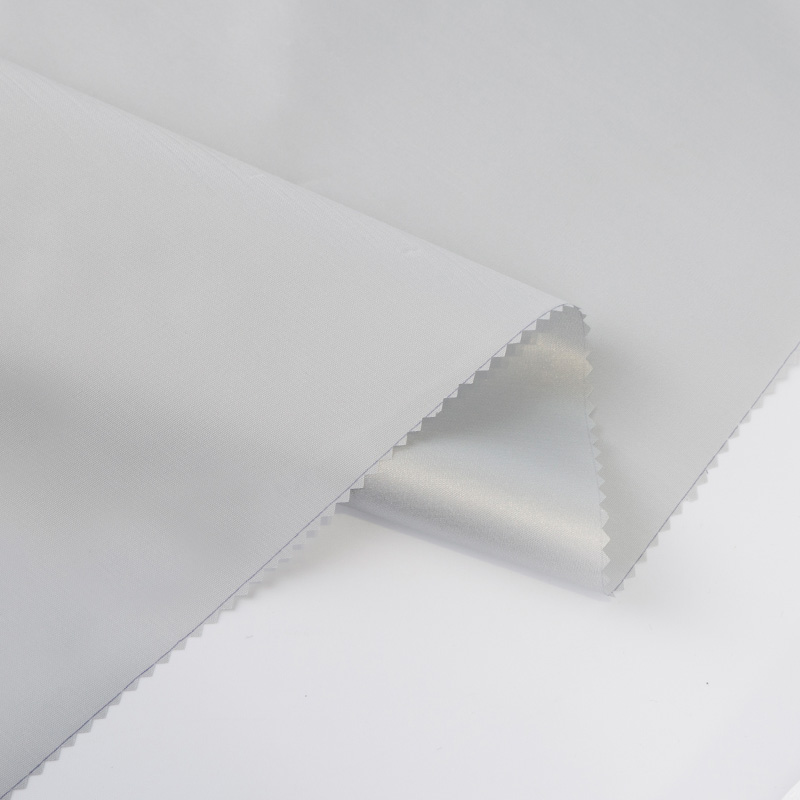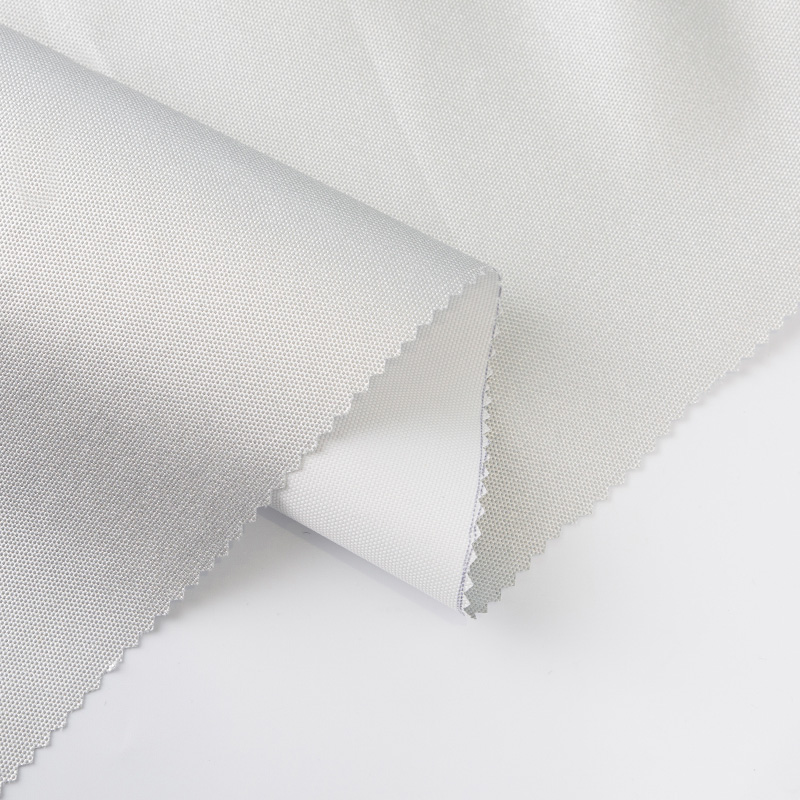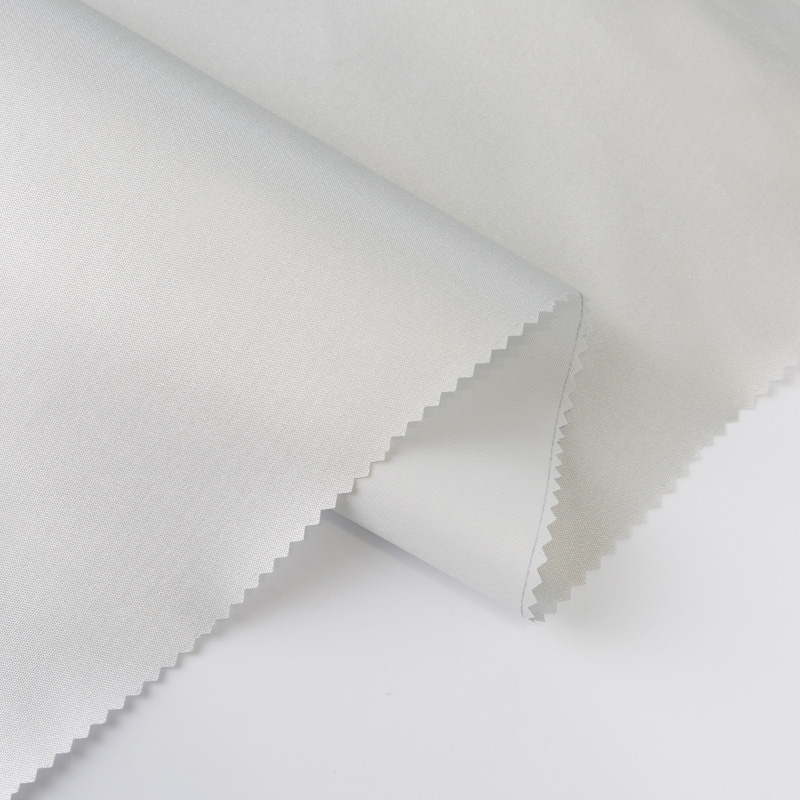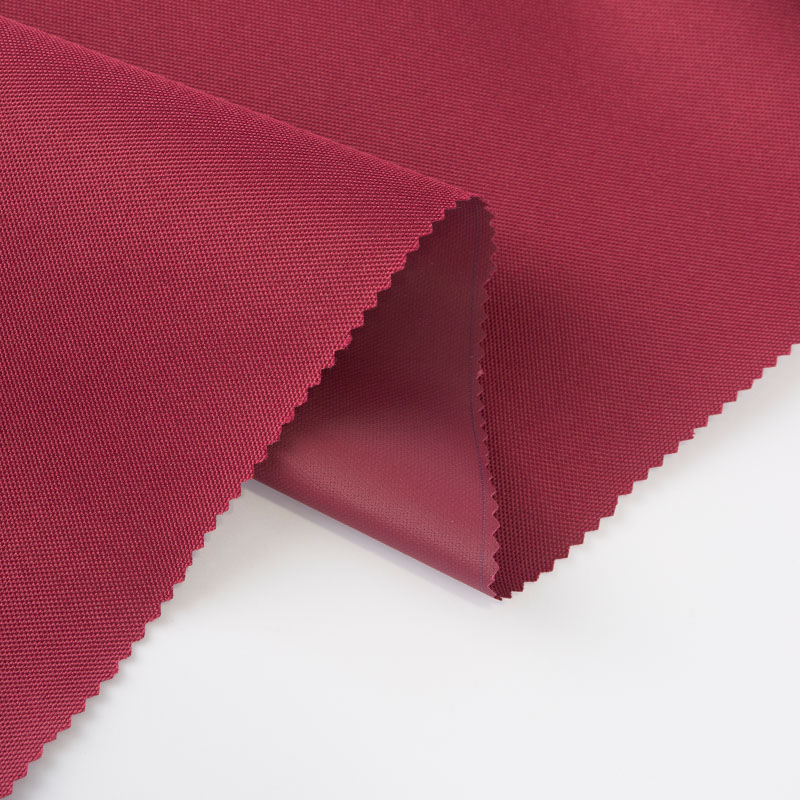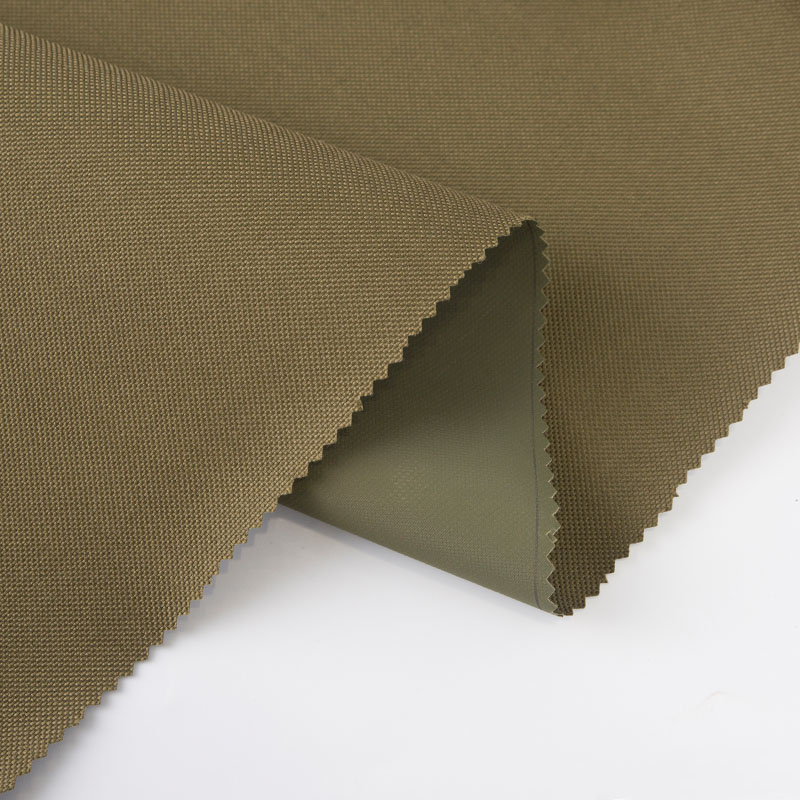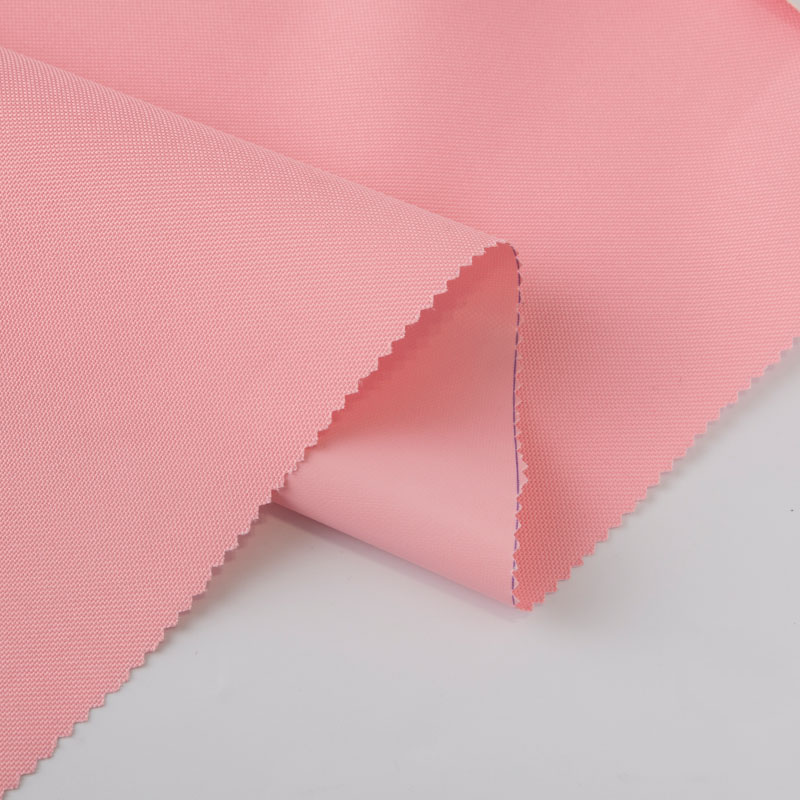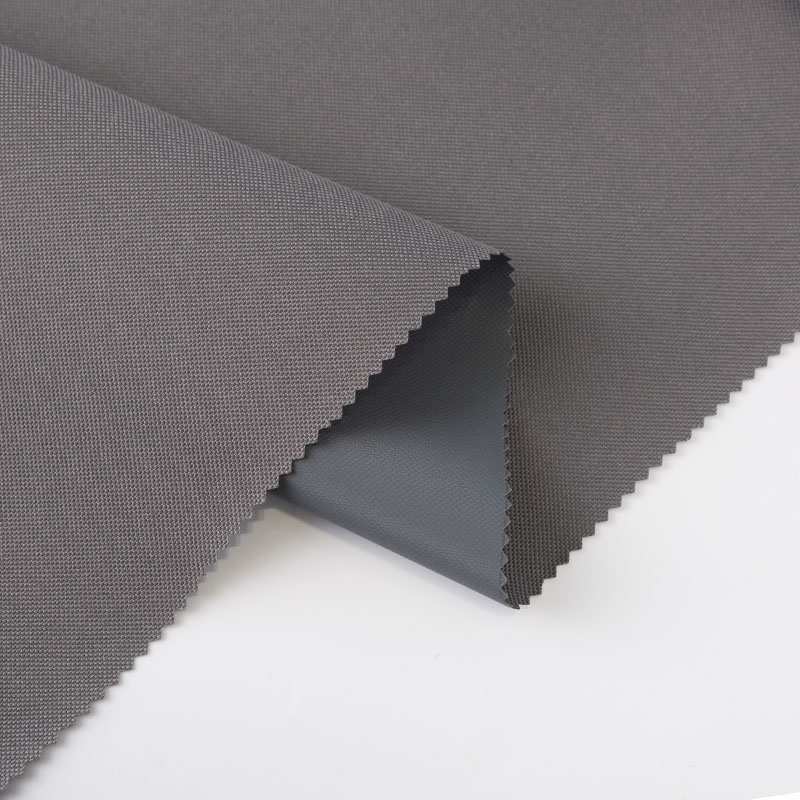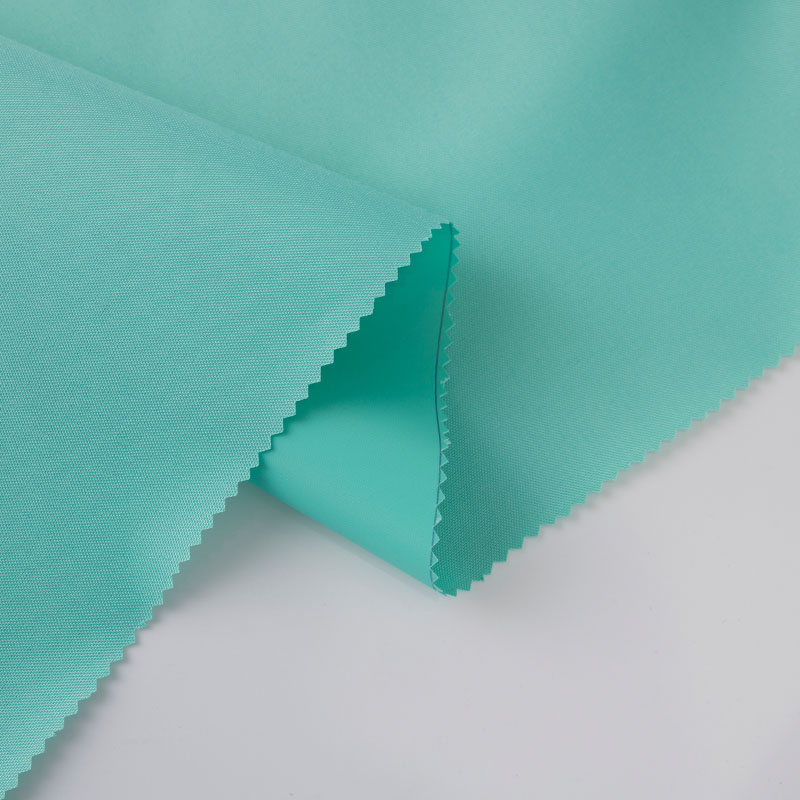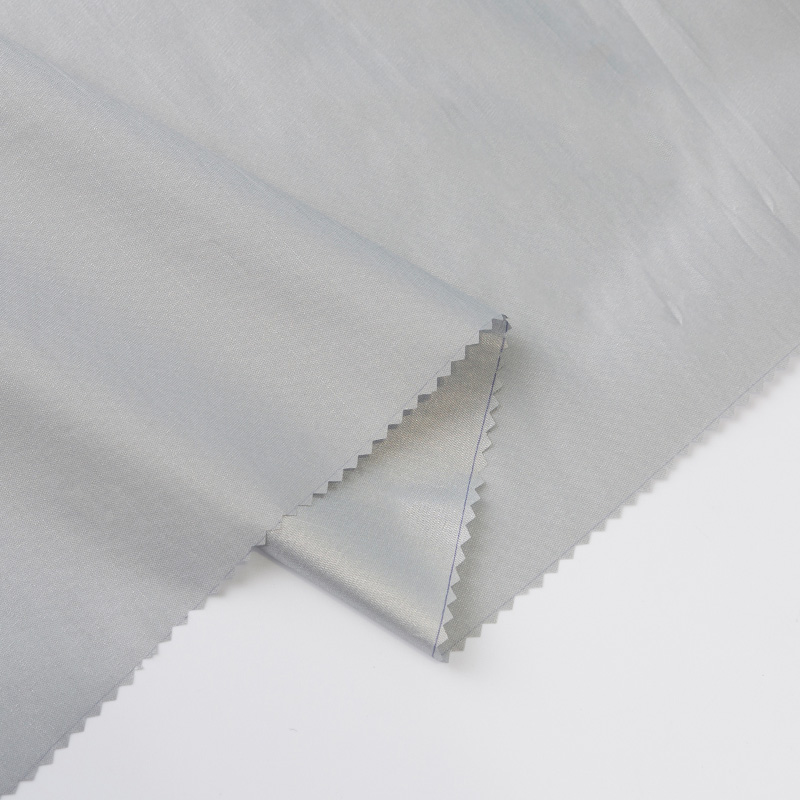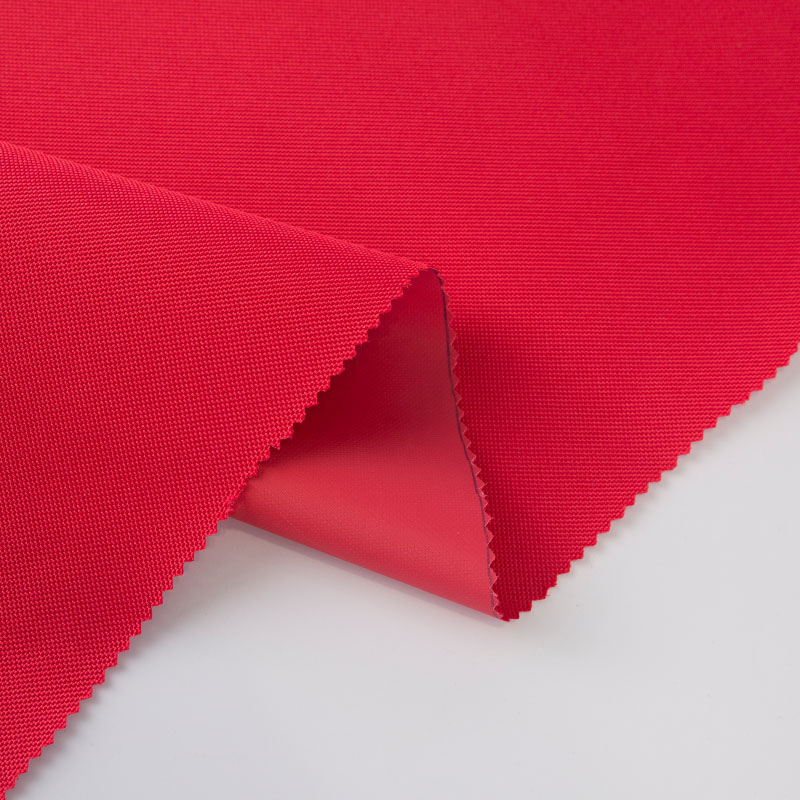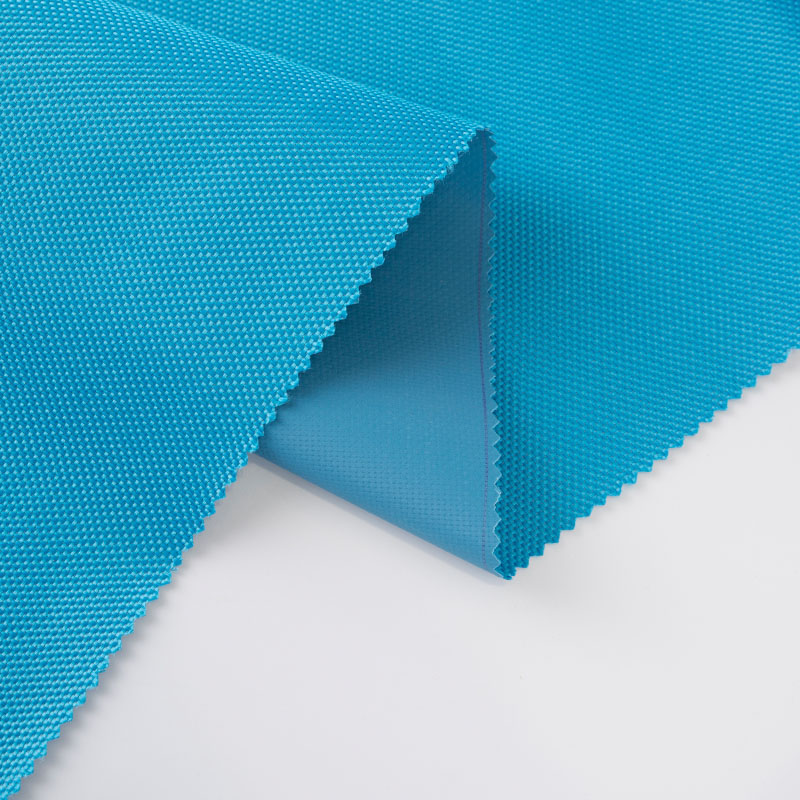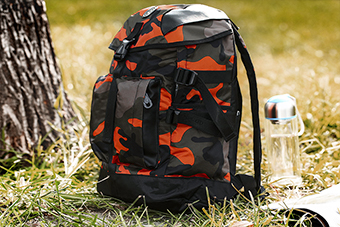We are a national high-tech enterprise. At present, there are many kinds of self-woven and cooperatively processed fabrics, including microfiber warp-knitted towel cloth, weft-knitted towel cloth, coral fleece, etc.
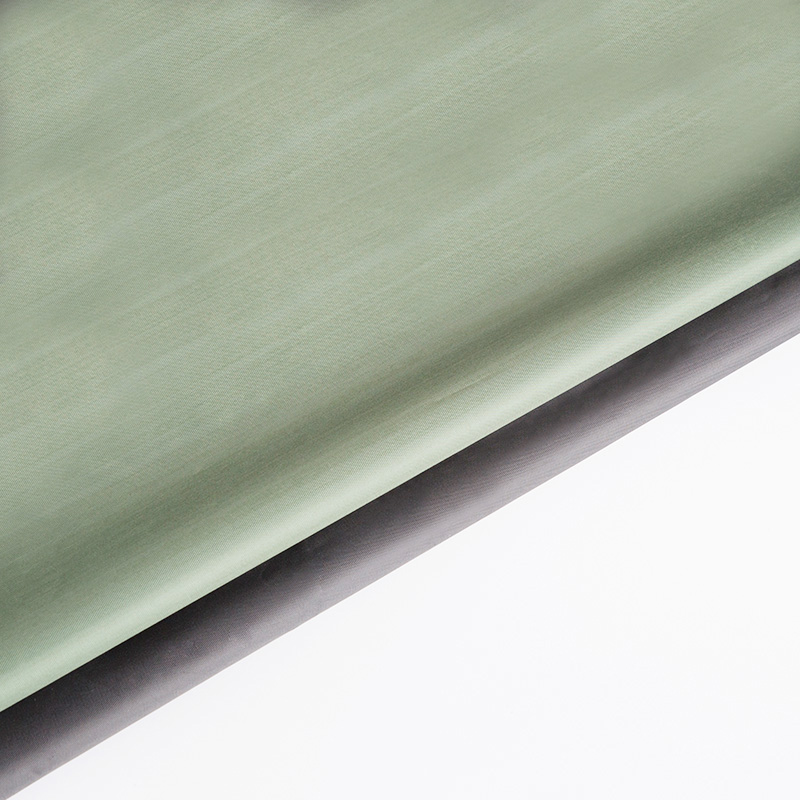
PVC (Polyvinyl Chloride) Coated Fabrics
PVC-coated fabrics are widely used for raincoat manufacturing due to their affordability and durability. These fabrics consist of a woven base fabric, such as polyester or nylon, which is coated with a layer of PVC. The PVC coating provides excellent water resistance, making it a popular choice for raincoats. PVC-coated fabrics also offer high wind resistance and good overall durability. However, they may lack breathability and can be relatively heavy and stiff, limiting comfort and freedom of movement.
Polyurethane (PU) Coated Fabrics
Polyurethane-coated fabrics are another common option for raincoat materials. Similar to PVC coatings, PU coatings are applied to a woven base fabric. PU-coated fabrics provide excellent water resistance, as the coating forms a barrier that prevents water penetration. These fabrics are often lighter and more flexible than PVC-coated alternatives, offering improved breathability and increased comfort. PU-coated raincoats are also less prone to cracking and are considered more environmentally friendly than PVC-coated fabrics.
Gore-Tex and Other Membrane Fabrics
Gore-Tex is a well-known brand of waterproof and breathable membrane fabric. Membrane fabrics consist of a thin, microporous membrane sandwiched between outer and inner layers. These fabrics excel in both water resistance and breathability, as the micropores allow water vapor to escape while preventing rain from entering. Gore-Tex and similar membrane fabrics are highly effective at keeping you dry, even in heavy downpours. They are also lightweight and offer excellent freedom of movement. However, these advanced fabrics tend to be more expensive than PVC or PU-coated options.
Nylon and Polyester Fabrics
Nylon and polyester are popular base fabrics used in raincoat manufacturing. These synthetic materials possess inherent water resistance, making them suitable for lighter raincoats or as a component of coated fabrics. Nylon and polyester raincoats are typically lightweight, quick-drying, and easy to pack, making them ideal for travel or outdoor activities. However, they may not provide the same level of long-lasting waterproofing as PVC, PU, or membrane fabrics.
Considerations and Maintenance
When choosing a raincoat fabric, consider your specific needs and the intended use of the garment. If you require maximum protection in heavy rain or extreme weather conditions, opt for a membrane fabric like Gore-Tex. For everyday use in milder climates, PVC or PU-coated fabrics may be more suitable. Nylon and polyester raincoats are great options for lightweight, portable rain protection.
To ensure the longevity of your raincoat, proper maintenance is essential. Follow the manufacturer's care instructions, which usually involve gentle machine washing or hand washing with mild detergent. Regularly check and reapply waterproofing treatments to maintain the fabric's water resistance.
Selecting the right raincoat fabric is crucial for optimal protection and comfort during wet weather. PVC-coated, PU-coated, membrane, nylon, and polyester fabrics each offer unique characteristics to suit different preferences and requirements. Whether you prioritize durability, breathability, or portability, understanding the pros and cons of each fabric will help you make an informed choice when selecting your ideal raincoat fabric.

 English
English 中文简体
中文简体